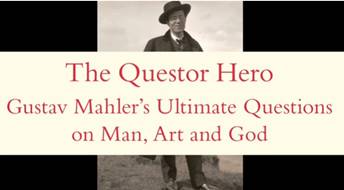 |
(*) Veni Creator Spiritus ("Come creator Spirit") is a hymn normally sung in Gregorian Chant. It is believed to have been written by Rabanus Maurus in the 9th century. The hymn is normally associated with the Roman Catholic Church, where it is performed during the liturgical celebration of the feast of Pentecost (at both Terce and Vespers).
It is also sung at occasions such as the entrance of Cardinals to the Sistine Chapel to elect a new pope, as well as the consecration of bishops, the ordination of priests, the confirmation of children, the dedication of churches, the celebration of synods or councils, the coronation of kings and other solemn events. The hymn is also widely used in the Anglican Church and appears, for example, in the Ordering of Priests and in the Consecration of Bishops in the Book of Common Prayer, 1662. |
|
-
Come, Holy Ghost, Creator blest
-
and in our hearts take up Thy rest;
-
come with Thy grace and heav'nly aid,
-
To fill the hearts which Thou hast made.
|
|
| Mahler Symphony No.1, Second Movement |
| (*) Comedia humana is the second movement is a modified minuet and trio. Mahler replaces the minuet with a Ländler, a 3/4 dance-form that was a precursor to the Austrian waltz. This is a popular structure in Mahler’s other symphonies, as well as Franz Schubert’s. One main theme repeats throughout the Ländler, and it gathers energy towards a hectic finish. The main melody outlines an A-major chord. |
|


